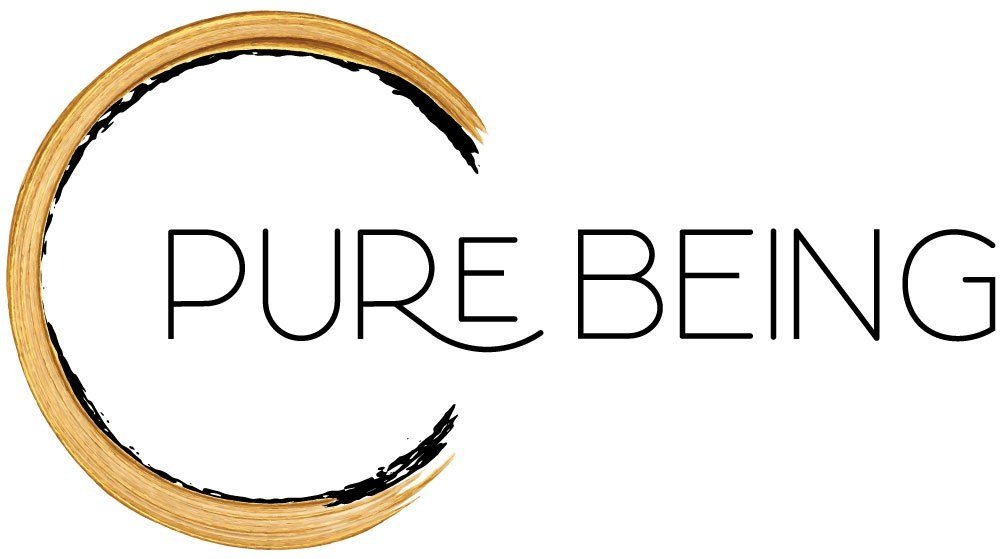craniosacral Therapy
Connected to your body and back to yourself
Our bodies are recorded as tense during the majority of the events during the day. We are rarely aware of the depth of the stress that we actually accumulate in our day-to-day life since we are young. Day after day, year after year, this stress becomes chronic and manifests in the body in different ways such as being overwhelmed, headaches, fatigue, little enjoyment for life, chronic pain or in more severe cases diseases.
What to Expect in a Craniosacral Therapy Session
Craniosacral therapy is a light-touch body therapy that examines membranes and fluids around the nervous system. This practice will relieve tension and promote states of rest and restore the nervous system. This approach promotes feelings of well-being by eliminating pain and boosting health and immunity.
During a craniosacral therapy session, you will be laying down on a therapy bed and will be invited to relax and let go. I will bring my hands close to your body or gently touch your body creating a sense of support and encouraging movement of the liquids present in the nervous system.
How will I feel during the session?
Most people feel very relaxed during a session and their bodies find a deep state of rest that helps them let go of deep-seated stress and traumatic patterns in their nervous system.
Other symptoms may include: feeling deep relaxation falling asleep, and later recalling memories or seeing colours, sensing pulsations, having a “pins and needles” (numbing) sensation, and having a hot or cold sensation.
What is craniosacral therapy?
CranioSacral Therapy (CST) was pioneered and developed by osteopathic physician John E. Upledger following extensive scientific studies from 1975 to 1983 at Michigan State University, where he served as a clinical researcher and Professor of Biomechanics.
CranioSacral Therapy (CST) is a gentle, hands-on method of evaluating and enhancing the functioning of a physiological body system called the craniosacral system - comprised of the membranes and cerebrospinal fluid that surround and protect the brain and spinal cord. Using a soft touch generally no greater than 5 grams, or about the weight of a nickel, practitioners release restrictions in the craniosacral system, which has been shown to improve the functioning of the central nervous system, as well as many other systems of the body, such as digestive, musculoskeletal, respiratory, circulatory, and more. CST has also been shown to help with the physical components related to such somatic conditions as Post Traumatic Stress, depression and anxiety.
Who would benefit from craniosacral therapy?
Anyone who need’s to improve the functioning of the central nervous system, as well as many other systems of the body, such as digestive, musculoskeletal, respiratory, circulatory, and more. CST has also been shown to help with the physical components related to such somatic conditions as :
Post Traumatic Stress
Depression & anxiety
Acute stress & feeling overwhelmed.
How will I feel after craniosacral therapy?
After the session, you will feel relaxed and well-rested, more connected to yourself, lighter and with more energy.
How often should you do craniosacral?
Sessions of Craniosacral Therapy are recommended depending on the condition and state of every individual's health. Generally, one session/week is recommended for treatment situations and once/month for maintenance.
Are there side effects to craniosacral therapy?
No, there are no side effects to Craniosacral Therapy.
How long does it take for CranioSacral therapy to work?
It can take between 1 to 10 sessions for Craniosacral therapy to take effect. But generally, people experience improvements after the first session.
Is craniosacral good for anxiety?
Yes, Craniosacral Therapy has been found effective for people who are looking to decrease anxiety symptoms.
Is craniosacral therapy a head massage?
No, Craniosacral Therapy orients towards the membranes and the liquids that are present within the nervous system.
